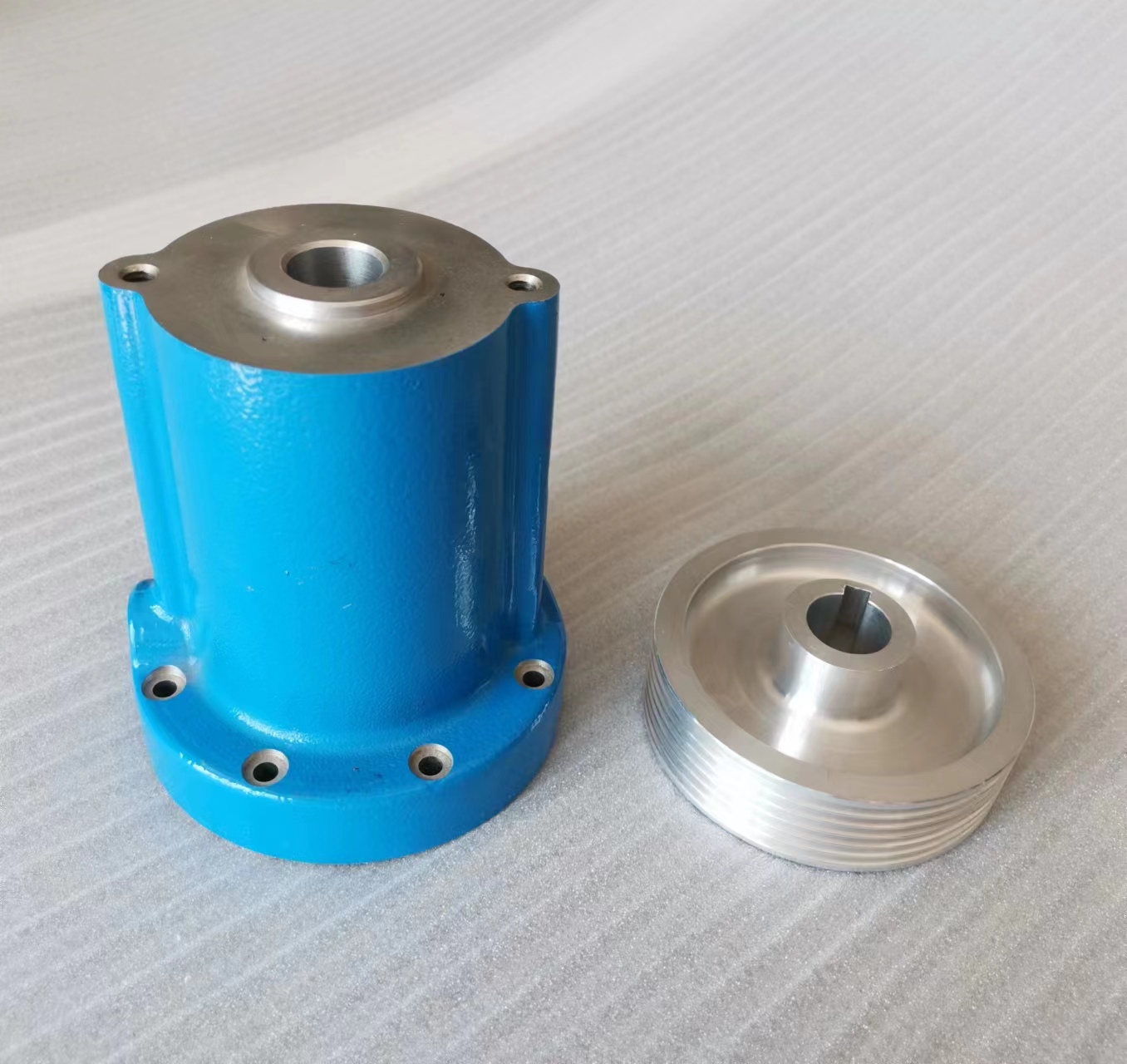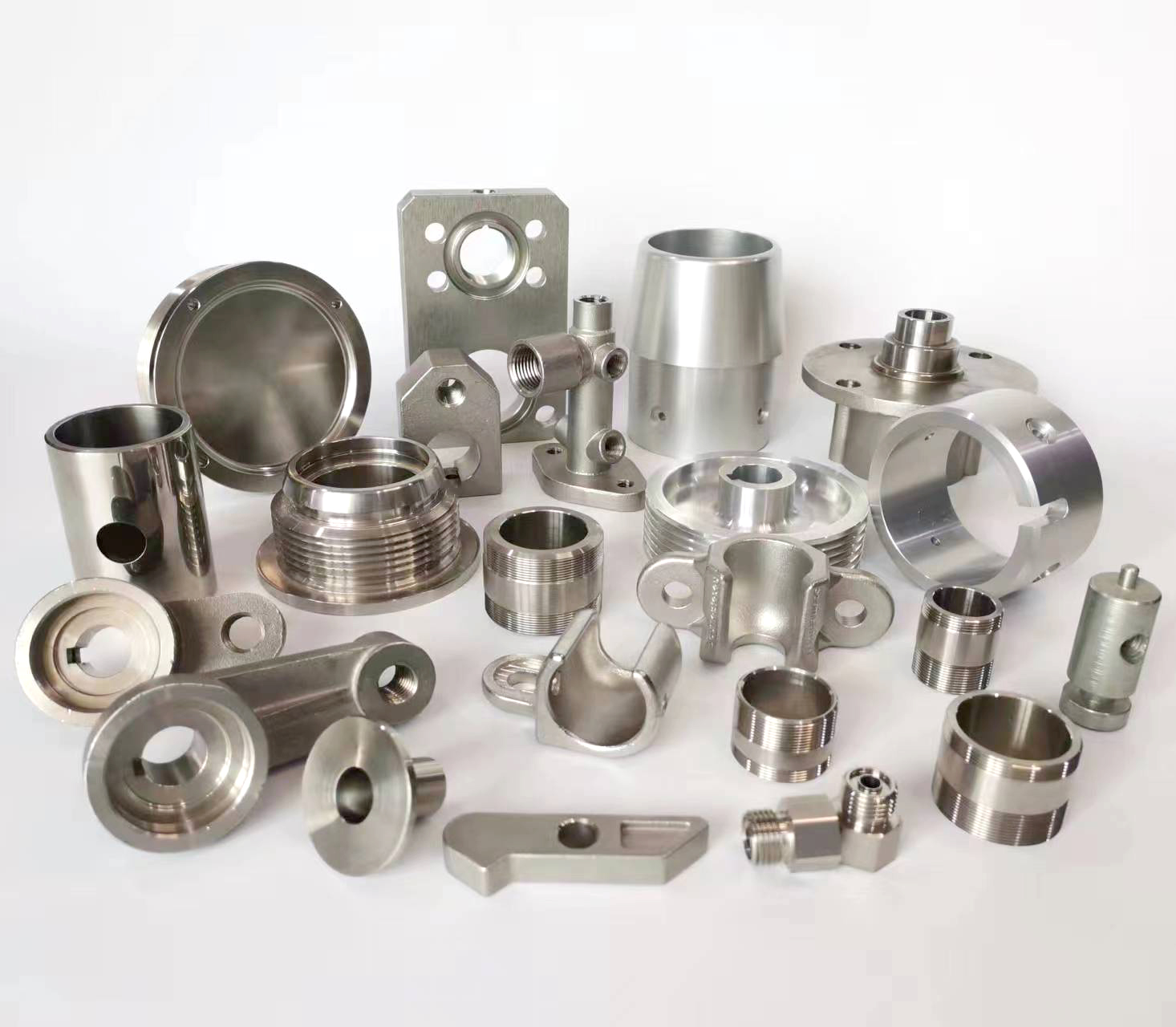
1. Protective Coatings
Paints/Powder Coatings: Create a physical barrier against moisture and oxygen. Epoxy, polyurethane, and enamel paints are common. Powder coating offers superior durability.
Metal Plating: Electroplating with corrosion-resistant metals:
Zinc (Galvanizing): Sacrificial anode protection for steel.
Nickel/Chrome: Decorative and corrosion-resistant.
Cadmium: Used in aerospace/military (toxic, requires care).
Anodizing (Aluminum): Forms a thick, protective oxide layer via electrolysis.
2. Barrier Films & Sealants
Oils/Greases: Temporary protection (e.g., WD-40, cosmoline for storage). Requires reapplication.
Vapor Corrosion Inhibitors (VCIs): Emit protective vapors that form a molecular layer on metal surfaces. Used in packaging (VCI paper, films, emitters).
Waxes/Paraffin: Long-term storage protection; common for automotive parts.
3. Sacrificial (Cathodic) Protection
Zinc Anodes (Galvanic): Attached zinc blocks corrode instead of the protected metal (e.g., ship hulls, pipelines).
Sacrificial Coatings: Zinc-rich primers provide galvanic protection even if scratched.
4. Environmental Control
Dehumidification: Maintain humidity below 50% in storage/operational areas.
Controlled Atmospheres: Use nitrogen or argon in sealed packaging to displace oxygen.
Coatings with UV Resistance: Essential for outdoor exposure to prevent polymer degradation.
5. Material Selection & Treatment
Stainless Steels: Use alloys with ≥10.5% chromium (e.g., 304, 316 for marine environments).
Corrosion-Resistant Alloys: Aluminum, brass, bronze, or titanium where feasible.
Passivation (Stainless Steel): Acid bath removes free iron and enhances chromium oxide layer.
6. Surface Preparation & Maintenance
Abrasive Cleaning: Sandblasting, grinding, or wire brushing to remove existing rust.
Chemical Cleaning: Phosphoric acid converts rust to stable ferric phosphate; solvents remove oils.
Regular Inspection/Cleaning: Prevent dirt/moisture buildup in critical areas.
7. Design Considerations
Avoid Crevices: Prevent moisture traps in joints or overlaps.
Drainage Holes: Allow water to escape from enclosures.
Galvanic Separation: Insulate dissimilar metals (e.g., steel + aluminum) to prevent galvanic corrosion.
Practical Examples:
Automotive: Electrocoating (e-coat) + paint + sealants.
Marine Hardware: Hot-dip galvanizing + epoxy coating.
Tools: VCI packaging for storage; chrome plating for resistance.
Outdoor Structures: Thermal-sprayed aluminum/zinc coatings.
Key Takeaway:
Combination approaches work best (e.g., galvanized steel with paint). Always clean surfaces before applying any protection. For harsh environments (marine, chemical), prioritize cathodic protection + robust coatings like epoxy or fluoropolymers.





